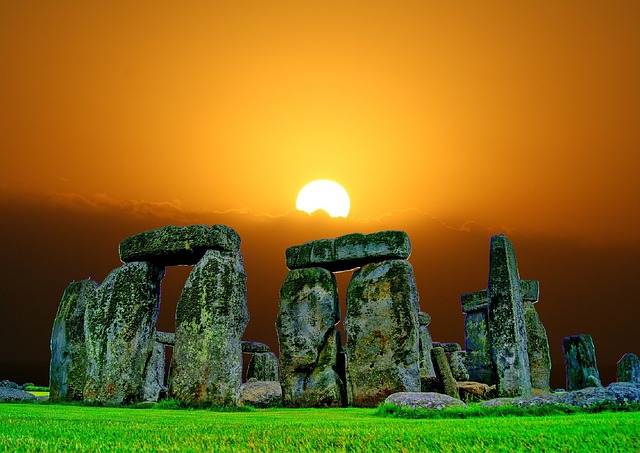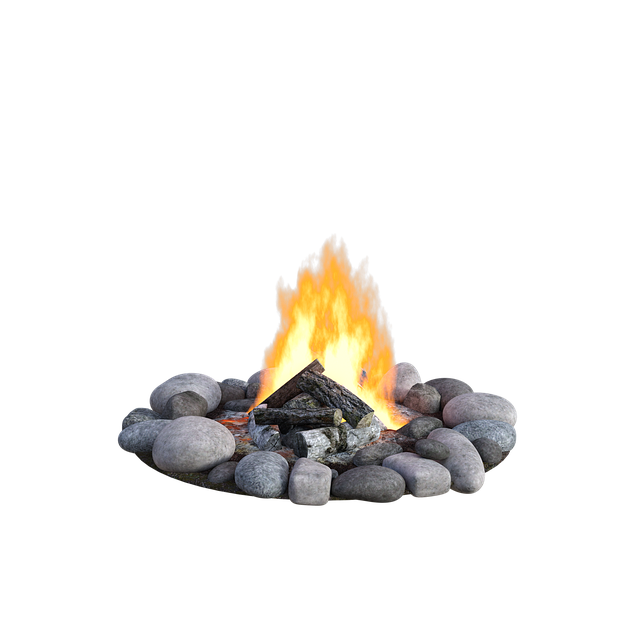

RAIN RAIN GO AWAY!
May brought torrential downpours so empty standing water regularly.
The best way to keep mosquito populations down is by regularly checking your property for standing water and emptying it. Even a saucer of water can become a mosquito nursery, so leave no pot unturned! Mosquitoes need stagnant water to breed. It doesn’t take much stagnant water to support a mosquito colony. “Even a little soda cap can breed mosquitoes,” says Jody Gangloff-Kaufmann, entomologist at the New York State Integrated Pest Management Program at Cornell University. So your first step, whether you’re trying to get rid of mosquitoes or prevent them from joining you in the first place, is to eliminate any standing water.

Both Father’s Day and Summer Solstice 2021 falls on Sunday, June 20th. What a special day and you have more time to celebrate since this is the longest day of the year!

According to almanac.com, here is everything you need to know about the start of Summer in the Northern Hemisphere:
THE JUNE SOLSTICE
In the Northern Hemisphere, the June solstice (aka summer solstice) occurs when the Sun reaches its highest and northernmost points in the sky. This event marks the start of summer in the northern half of the globe. (In the Southern Hemisphere, it’s the opposite: the June solstice marks the start of winter, when the Sun is at its lowest point in the sky.)
WHEN IS THE SUMMER SOLSTICE?
In 2021, the June solstice is Sunday, June 20, at 10:32 P.M. CT. This date marks the official beginning of summer in the Northern Hemisphere, occurring when Earth arrives at the point in its orbit where the North Pole is at its maximum tilt (about 23.5 degrees) toward the Sun, resulting in the longest day and shortest night of the calendar year. (By longest “day,” we mean the longest period of sunlight.) At the June solstice, the Northern Hemisphere receives sunlight at the most direct angle of the year.
WHAT IS THE SUMMER SOLSTICE?
In the Northern Hemisphere, the June solstice (aka summer solstice) occurs when the Sun reaches its highest and northernmost points in the sky. It marks the start of summer in the northern half of the globe. (In contrast, the June solstice in the Southern Hemisphere is when the Sun is at its lowest point in the sky, marking the start of winter.)
The word “solstice” comes from Latin solstitium—from sol (Sun) and stitium (still or stopped), reflecting the fact that on the solstice, the Sun appears to stop “moving” in the sky as it reaches its northern- or southernmost point (declination) for the year, as seen from Earth.
After the solstice, the Sun appears to reverse course and head back in the opposite direction. The motion referred to here is the apparent path of the Sun when one views its position in the sky at the same time each day, for example at local noon. Over the year, its path forms a sort of flattened figure eight, called an analemma. Of course, the Sun itself is not moving (unless you consider its own orbit around the Milky Way galaxy); instead, this change in position in the sky that we on Earth notice is caused by the tilt of Earth’s axis as it orbits the Sun, as well as Earth’s elliptical, rather than circular, orbit.
DOES THE SOLSTICE ALWAYS OCCUR ON THE SAME DAY?
The timing of the June solstice is not based on a specific calendar date or time; it all depends on when the Sun reaches its northernmost point from the equator. Therefore, the solstice won’t always occur on the same day. Currently, it shifts between June 20, 21, and 22.
THE YEAR'S LONGEST DAY
The Summer Solstice is the day with the longest period of sunlight. Notice how the Sun appears highest in the sky at the solstice; its rays strike Earth at a more direct angle, causing the efficient warming we call summer. Because the Sun is highest in the sky on this day, you’ll notice that your shadow (at local, or solar, noon, not clock-time noon) is the shortest that it will be all year. [Local noon is when the Sun crosses the local meridian (an imaginary line between the North and South poles) and is highest in the sky for the day.
CELEBRATING THE SOLSTICE
Watch the summer solstice LIVE from Stonehenge, wherever you are in the world!
Looking for a unique way to celebrate the solstice? How about a virtual trip to Stonehenge? For centuries, people have flocked to Wiltshire, England, to visit Stonehenge—a mysterious prehistoric monument. See more about this ancient site. This year, due to the coronavirus, the in-person event has been canceled, but live coverage will capture the best views of Stonehenge, allowing everyone to connect with this spiritual place at all once—from the comfort of home.

See the Stonehenge summer solstice livestreamed here!
Here are some fun ways to celebrate Father’s Day and Summer Solstice:
- Go strawberry picking. Enjoy a big bowl of strawberries and cream on the solstice.

There are many people—like the Swedes—who celebrate the beginning of summer by eating the first strawberries of the season. Indulging in some strawberries and cream is the perfect way to celebrate the June solstice, since June’s full Moon is also known as the Full Strawberry Moon. It typically coincided with the ripening of strawberries in what is now the northeastern and midwestern United States. In fact, in many states, this is the perfect time to go strawberry picking! Look up the you-pick farms in your area!
- Have a solstice evening bonfire!

Swedes and many northern people also celebrate a solstice holiday known as Midsummer’s Day on June 24, which is one of the four ancient quarter days of the year. The eve prior is called Midsummer’s Eve, marking the shortest night of the year. A common way to celebrate is to have a bonfire party! After all, these northern people have emerged from some long, dark winters! In the Austrian state of Tyrol, torches and bonfires are lit up on mountainsides, which is a stunningly beautiful sight.
According to ancient Latvian legend, Midsummer’s Eve (St. John’s Eve) on June 23 is spent awake by the glow of a bonfire and in pursuit of a magical fern flower—said to bring good luck—before cleansing one’s face in the morning dew. Read more about fern folklore.

Tips & Reminders
Maintenance requests MUST be in writing so please use your tenant portal. Photos can also be uploaded to support your maintenance requests. Report any leaks so minor problems don’t turn into major ones.
If you have a maintenance emergency, please text 940-765-3133. If it is not an emergency, please place a work order through your tenant portal.
Maintenance emergencies are:
- Major Water Leak (shut off water immediately)
- Heat is out and it is below 55 degrees
- AC is out and it is above 85 degrees
Per your Lease Agreement, all tenants and occupants 18 years and older need their own separate Renter’s Insurance Policy or on a combined policy naming all tenants and occupants as insureds. 3G Properties Group should be named on your policy as an “additional interest” so your insurance company will automatically send us your proof of insurance and any changes or updates. If all tenants are not named on the insurance policy or we do not have a copy of your policy on file, there is a mandatory $12.50 landlord’s liability insurance policy charged to your rental property each month to be included in your rent payment. Tenant’s personal property is not protected unless Tenant has their own RENTERS INSURANCE.
DUE TO LIABILITY, UNDER NO CIRCUMSTANCES SHOULD ANY TENANT OR OCCUPANT ACCESS THE ATTIC OF THE PROPERTY FOR STORAGE OR ANY OTHER PURPOSE. You are not allowed to change your AC filters if they are located in the attic space or above 6 feet from the ground.
No temporary or above ground pools of any kind or trampolines are permitted on the property per your Lease Agreement, paragraph 12D.
Tenant must kennel or crate pets whenever landlord or landlord’s representative will be on property for a scheduled appointment.
If locked out of your rental property, it is your responsibility to contact and pay for locksmith services.
If you have an addition to your family, i.e. new baby, please let us know so we can add them as occupants. We will need their name and date of birth. Any occupants 18 or older are required to complete a rental application for approval.
We service each of our rental properties quarterly or semi-annually for filter changes, smoke alarm testing and property walkthroughs. This is a requirement of your Landlord and to ensure the safety and condition of your home. If you refuse service and/or do not allow access to your rental property, a $65 trip charge will be added to your rental account.
Please make all payments through your portal. We do not accept personal checks.

Want to buy your next home?
3G Properties Group wants to be your full-service Realtor®. Our team is a top producer, experienced and knowledgeable to assist clients with purchasing and selling their homes in addition to our property management services. We can guide you through the steps, put you in touch with one of our preferred lenders and help you improve your credit so you can purchase your next home. When you are ready to step into home ownership, please let us know.




